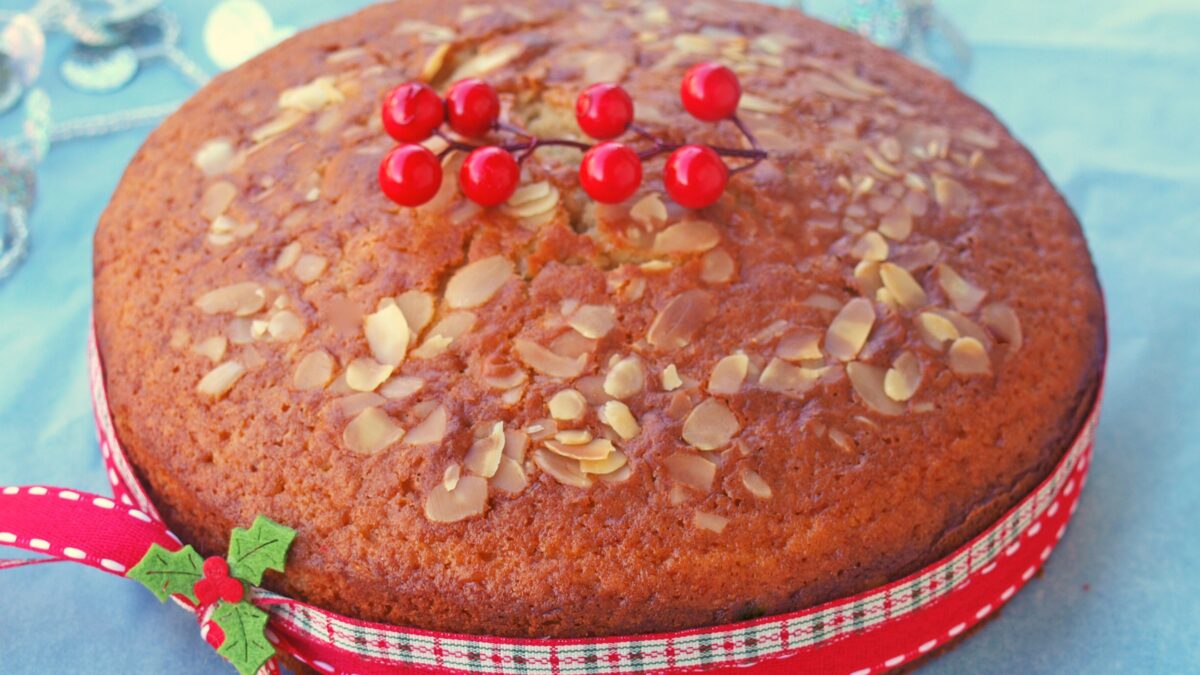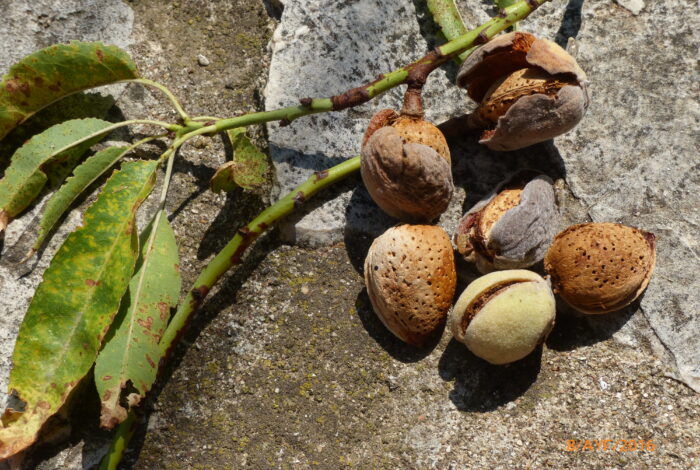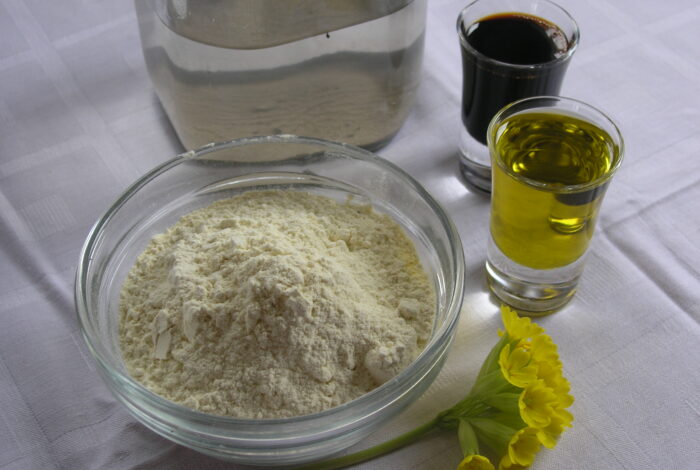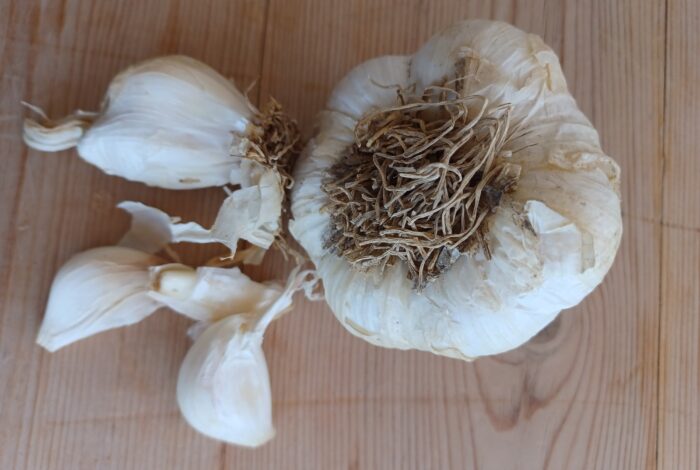In Greece, New Year’s day is a deeply religious celebration, full of symbolic significance and with its own vital traditions. Of these traditions, serving the New Year’s cake – known as vasilopita – at the start of the new year is the most prominent.
Vasilopita is associated with the feast of Agios Vasilis (Saint Basil), the archbishop of Caesarea, commemorated by the Greek Orthodox Church on 1 January. According to tradition, Saint Basil wished to return the citizens’ valuables to them, and so he hid them in cakes which he distributed to each citizen randomly. Ever since then, vasilopita has represented charity, kindness and grace. The key feature of every vasilopita is the hidden coin or “flouri,” which is believed to bring good luck to the person who finds it in their slice.
The cutting of the cake is performed ceremonially by the host of the household, immediately after New Year’s wishes are exchanged. The cake is sliced in a particular order: first for the house, then for Christ, the Virgin Mary, and then for each family member by age. Each guest is then assigned a piece, once again in order of seniority.
There are numerous recipes for vasilopita throughout Greece. The two elements that make a vasilopita are the lucky coin and the rules followed when serving it, regardless of recipe or region.
The most widespread version is a sweet, fluffy bread similar to tsoureki, made with flour, yeast, sugar, eggs, butter, and fragrant spices like mahleb and mastic.
Another especially popular recipe throughout Greece includes warm spicy aromas, citrus fruits and often chocolate or powdered sugar.
In many parts of Greece, especially on islands, vasilopita may be a fragrant aniseed bread, either leavened with sourdough and sprinkled with sesame seeds or shaped from aromatic olive-oil dough.
In other regions, vasilopita is a pie, which may be savoury, open-faced or covered. Notable examples include the meat pies of villages in Epirus and Thessaly, filled with various meats, vegetables, rice, or handmade pasta.
From Thrace to Crete and the Peloponnese, cheese pies with leeks or trahanas, made with feta or yogurt, using one or twelve layers of pastry – one for each month – grace festive tables and bring families together. Most importantly, the pie or cake must contain a “lucky coin” inside, and no family member should be absent.










